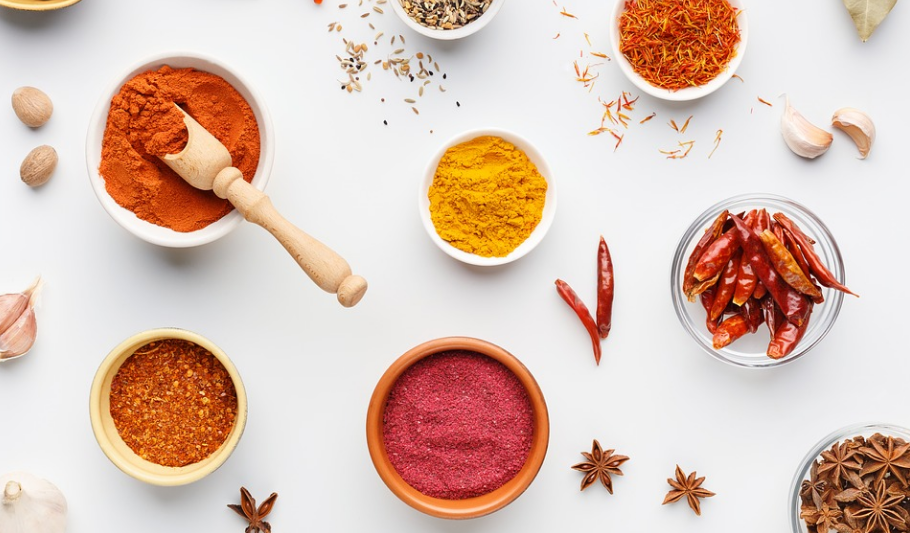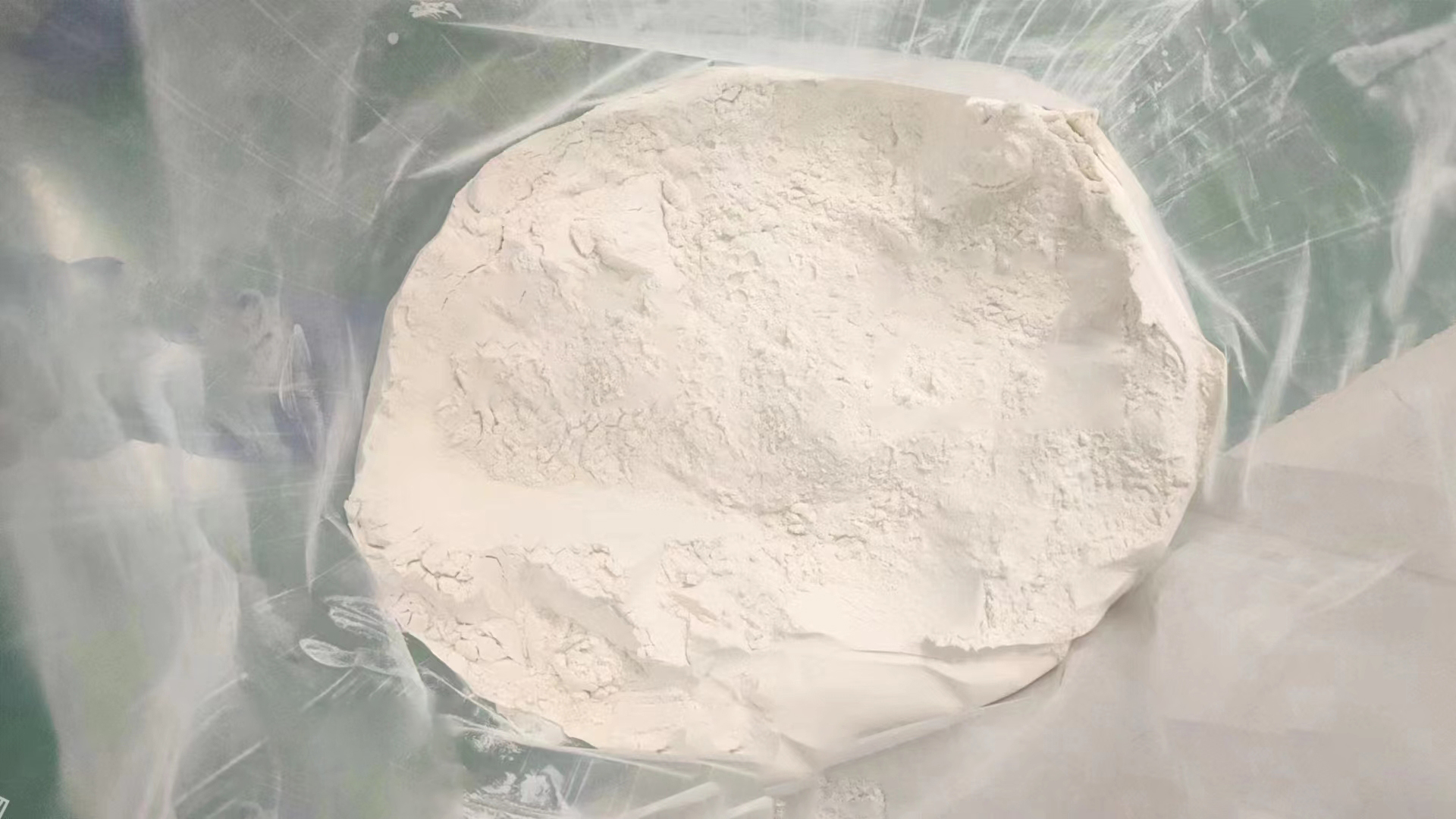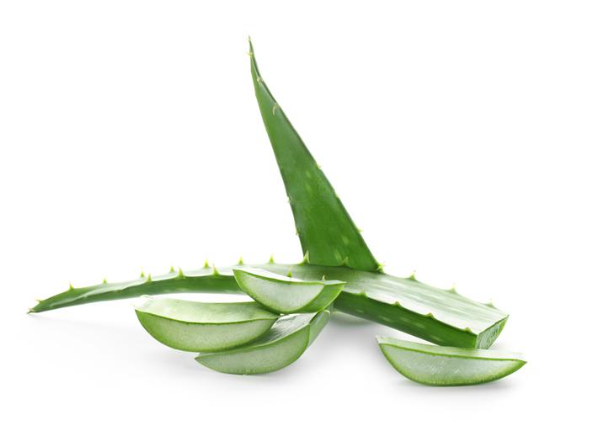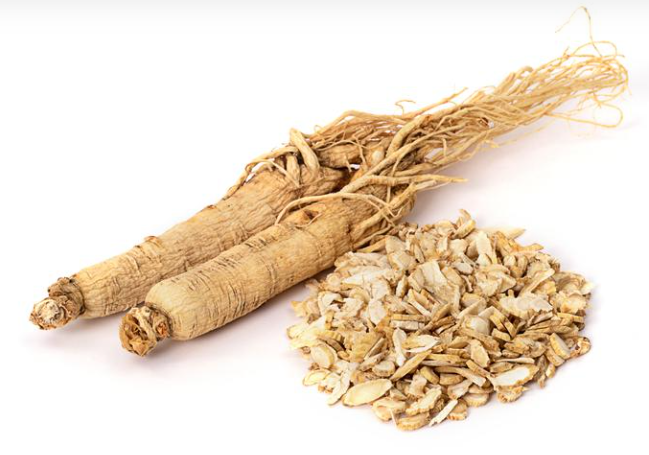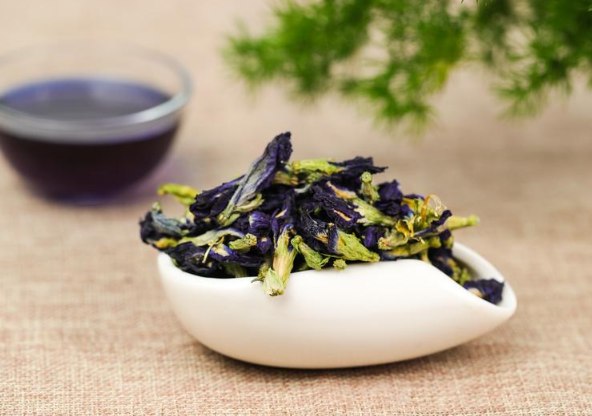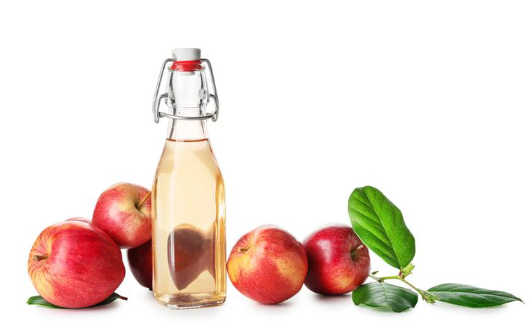The adverse effects caused by ionizing radiation on living organisms have been scientifically established to be harmful. However, the recent release of nuclear wastewater by Japan is poised to significantly increase human exposure to ionizing radiation. As a result, safeguarding humanity against these potential hazards has become an urgent priority. Since as early as 1949, attempts have been made to mitigate the detrimental impacts of ionizing radiation through pharmacological interventions. Ongoing efforts are dedicated to identifying radiation protection methods that could prove crucial for human application.
This comprehensive overview primarily focuses on exploring the potential of plant and herbal extracts in radiation protection. Findings derived from both in vitro and in vivo studies reveal that various botanicals such as Ginkgo biloba, Centella asiatica, Sea buckthorn, Holy Basil, Panax ginseng, Podophyllum hexandrum, Amaranth, Pepper leaf, Amaranthus paniculatus, Long pepper, Heart-leaved moonseed, Peppermint, Peppermint brittle calamint, Black galangal, Ginger, Blue leadwort, Prickly-leaved elephant apple, and Aphanamixis polystachya exhibit the capacity to counteract radiation-induced lethal effects, lipid peroxidation, and DNA damage.
Evaluating Radioprotective Potential:
Selecting candidates for assessing radioprotective effects is a practical approach that involves investigating the existing properties of substances. Substances possessing properties like anti-inflammatory, antioxidant, antimicrobial, immunomodulatory, free radical scavenging, or anti-stress activities hold promise as potential radioprotectors. These properties suggest that they might effectively mitigate the harmful effects of radiation exposure.
Short-Term In Vitro Tests:
Short-term in vitro tests lay the foundation for a detailed evaluation of radioprotective activity. Simple tests could involve assessing lipid peroxidation in vitro. Evaluating the levels of free radicals and the antioxidant status of a substance also provides insights into its radioprotective potential. If a natural substance demonstrates the ability to inhibit lipid peroxidation and scavenge free radicals, it could be a candidate for radioprotection. The next step involves in vitro assessment of its radioprotective potential using cell survival and micronuclei assays. If it enhances cell survival and reduces radiation-induced micronuclei formation, it shows promise as a radioprotective agent.
Other Short-Term Tests:
Additional short-term tests, including DNA strand break analysis, apoptosis assessment, and estimation of antioxidants like glutathione (GSH) and enzymes such as catalase and glutathione peroxidase, offer insights into the radioprotective activity of substances. However, the gold standard for assessing radioprotective activity remains evaluating the 30-day survival rate in rodents. This is because studies with survival as the endpoint confirm the efficacy of pharmacological agents in modulating the recovery of vital organs like the gastrointestinal epithelium and bone marrow after lethal whole-body irradiation.
Clinical Practice and Efficacy:
The efficacy of radioprotectors in clinical practice requires assessing different endpoints. One such evaluatable endpoint is protection against mucositis and xerostomia resulting from head and neck radiotherapy. Additionally, the impact of radioprotectors on side effects occurring when the gastrointestinal tract is exposed to radiation needs consideration.
Plants and Herbs as Radioprotectors:
Numerous botanicals have been screened for their radioprotective potential. For example, an ethanol extract of Ginkgo biloba leaves administered intravenously has shown effectiveness in reducing vasogenic edema following brain irradiation. This extract has also demonstrated the ability to protect against clastogenic factors in plasma exposed to radiation. Similarly, G. biloba was effective in treating recovery workers from the Chernobyl accident site.
Please check to know more of us: Ginkgo Biloba Extract; Centella asiatica extract; Panax ginseng extract etc.
Ref.: Radioprotective Potential of Plants and Herbs against the Effects of Ionizing Radiation;Ganesh C. Jagetia





